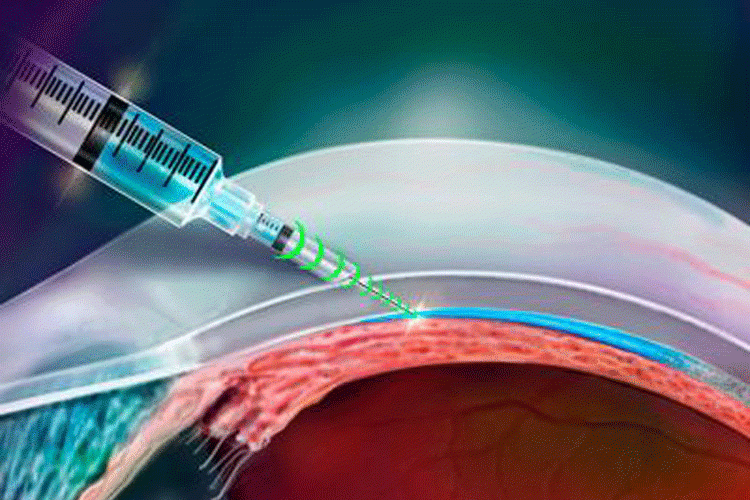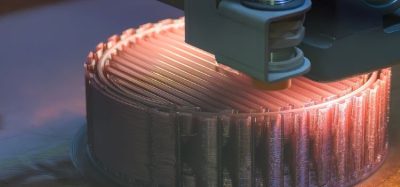Researchers develop resistance-sensing mechanical injector for therapeutic drug delivery
Posted: 26 February 2019 | Nikki Withers (European Pharmaceutical Review) | No comments yet
Researchers have developed a highly sensitive, mechanical needle that targets tissue reliably and precisely for the delivery of therapeutics…


“As the operator pushes the syringe plunger, the injector senses the loss-of-resistance on encountering a softer tissue or a cavity, stops advancing the needle and delivers the payload,” write the authors in the Nature Biomedical Engineering.
Senior corresponding author Jeff Karp, Professor of Medicine at the Brigham and Women’s Hospital, explains that targeting specific tissues using a conventional needle can be difficult and often requires a highly trained individual. “In the past century there has been minimal innovation to the needle itself, and we saw this as an opportunity to develop better, more accurate devices. We sought to achieve improved tissue targeting while keeping the design as simple as possible for ease of use.”
The device was fabricated using a standard hypodermic needle and parts from commercially available syringes.
The researchers explain that body tissues have different densities, and the intelligent injector harnesses differences in pressure to enable needle movement into a target tissue.
The driving force, maximal forces and frictional force of the injector were tested using a universal testing machine. The feedback of the injector is instantaneous, which allows for better tissue targeting and minimal overshoot into an undesired location.
The team demonstrates that the injector can reliably deliver liquids to the suprachoroidal space (SCS) – a challenging injection site that provides access to the back of the eye – for a wide range of eye sizes, scleral thicknesses and intraocular pressures, and target sites relevant for epidural injections, subcutaneous injections and intraperitoneal access.
In preclinical models, the researchers reported high coverage of contrast agent in the posterior section of the eye, indicating that the payload had been injected into the correct location. The researchers also showed the injector could deliver stem cells to the back of the eye that could be useful for regenerative therapies.
“This intelligent injector is a simple solution that could be rapidly advanced to patients to help increase target tissue precision and decrease overshoot injuries. We have completely transformed needles with a small modification that achieves better tissue targeting,” said first author Girish Chitnis, PhD, a former postdoctoral fellow in Karp’s laboratory. “This is a platform technology, so the uses could be very widespread.”









